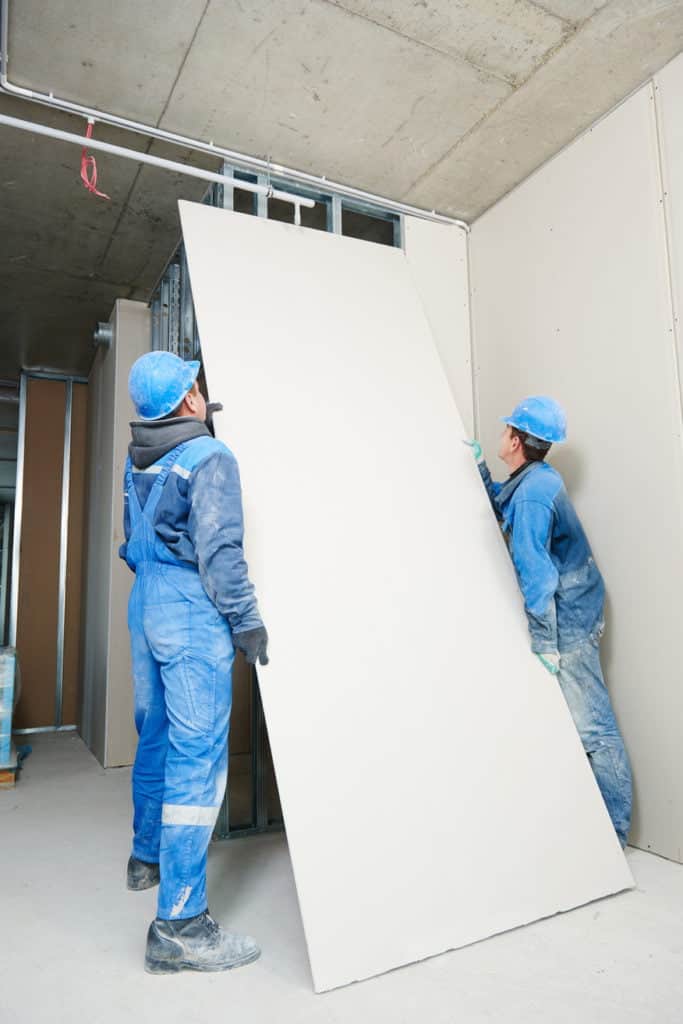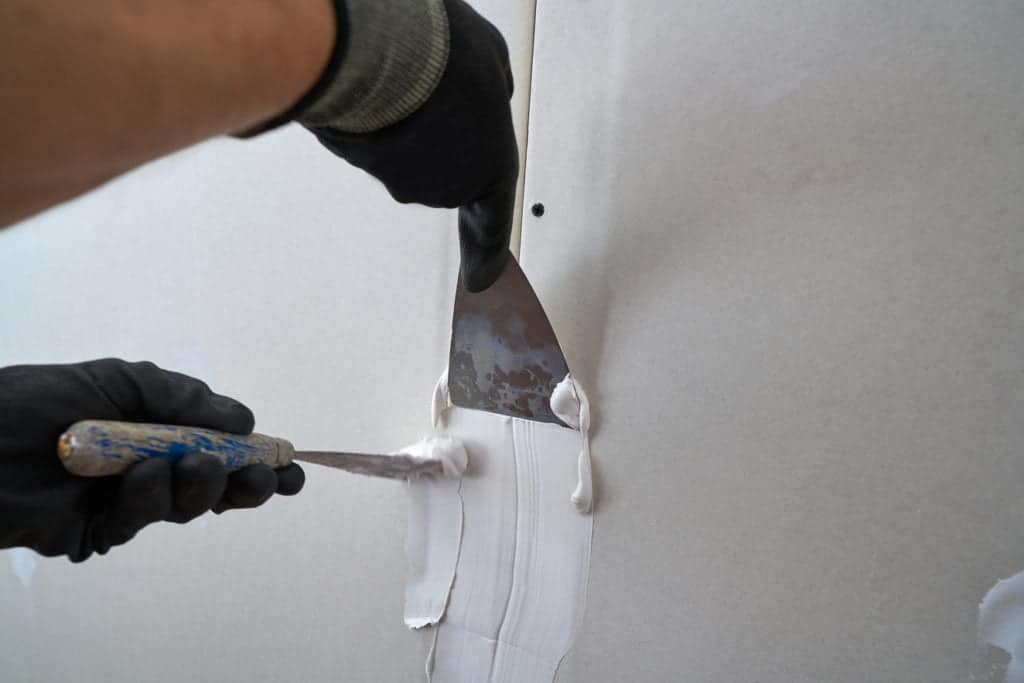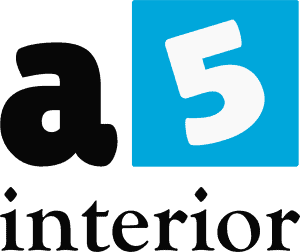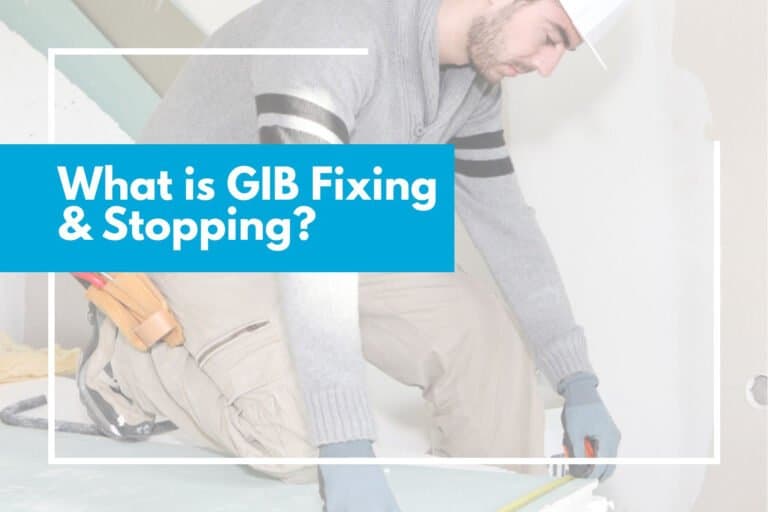What is GIB Fixing and what is GIB Stopping? What is GIB? In the world of Interior Plastering, GIB Fixing and Stopping are common terms. You will hear these terms when renovating your home, building a new home, doing wall decorations and painting, and such occasions. But what do they really mean, and how do they really work?
In this article, we will learn more about GIB fixing and stopping that will hopefully answer both questions ‘what is GIB fixing?’ and ‘What is GIB Stopping?’ in a very simple way.
What is GiB?
GIB board is a kind of lining board with a cardboard surface and a gypsum core for the Gibraltar board. The gypsum can be with or without additives and is generally extruded between thick sheets of facer and backer paper.
GiB board is used mostly in the construction of interior walls as well as ceilings.

In case you’re wondering, Gypsum is a kind of mineral that consists of hydrated calcium sulphate when calcined to form plasters of Paris.
It is named Gibraltar board after the steadfast Rock of Gibraltar. GiB used to be a proprietary brand name of the local manufacturer that dominates the market of New Zealand.
But it eventually came up to be used as a genericized trademark in the country.
Why use GIB Boards?
To answer the question of what is GIB Fixing? We must first understand what a GIB is?
GiB boards are more well-known as drywall or plasterboard around the world. This product is sustainable and non-toxic, made from natural gypsum and 100% recycled paper.
These plasterboards do not use fly ash (a derivative of coal extraction) as a bulk filler as it is environment-friendly, hence why it is considered the new standard of ceilings in Auckland.
GIB boards will give you a better quality finish. It is not only low cost compared to drywall; it is also easier to install and more available in Auckland in recent years.
There are also different types of GIB boards to serve different purposes like fire-resistance, water-resistance, noise-resistance, impact-resistance, or a combination of all. That’s why GiB boards are considered one of the greatest inventions of this century in the world of construction.
What is GiB Fixing?
So what is GIB fixing? Let’s explain it in simple words.
GIB Fixing basically means the installation of GIB or plasterboard on a ceiling or a wall. The professional who is assigned to do this installation job, repair any damages, dents, or holes, and give the ceiling or walls a smooth finish is called a GiB fixer.
When you’re renovating your home or building a new one, GIB Fixing will be a part of the installation process of the plasterboards on your walls.
If good professionals do the GIB fixing of boards to your walls and ceilings, it will ensure you the smoothest possible finish for decorating. Usually, the best way to fix plasterboards is to attach them by using screws and glue. You will use screws around the perimeter of the sheet and glue in the areas that come in contact with battens.
How is GIB Fixing done?
The installation of GIB is a lengthy process. After selecting the type of GIB, you have to start off by preparing the substrate and making it as flat as possible before applying plasterboard.
Then you have to do the cutting and attaching part according to the requirements. You have to plan the layout in a way no end joints are formed.
The plasterboards should be fixed at right angles to the battens, which will be fixed at right angles to the trusses and joists.
Apply glue daubs to the battens starting from the ceiling-wall junction. When you lift the sheets into the position you can support them by wedging T-braces between the junctions.
Then screw the sheet in place, fixing the centre of the sheet to each batten and either edge of the sheet. If you cannot avoid the end joints, you then have to work on back-blocking. This is the final step for GIB fixing.
Back-blocking is basically creating an artificial taper at the end of the sheets to strengthen the joints between plasterboards. You will laminate strips of plasterboard to the back surface of GIB sheets directly behind the joint using adhesives. You can read this helpful guide to learn more about GIB fixing.
Why Customers Choose us?
TEAM OF EXPERTS
Our team is skilled and knowledgeable, and very accomplished, which makes them best at what they do to deliver incomparable and exceptional results.
Servicing Auckland Region
We offer our services to all kinds of customers, whether they are residential or commercial, in the Auckland and Northland regions.
DELIVER ON TIME
At A5 Interior Linings, our team values your time the most, and this is why we have a history of completing your projects on time without sacrificing the quality of results.
What is GiB Stopping?
Another popular question is ‘What is GIB Stopping?’.
GIB Stopping is also a part of the plasterboard installation process, including wall skimming, interior plaster, texture removal, and interior painting. Through GIB stopping, you will be able to ensure a smooth and sharp finish on your plasterboard walls and ceilings. The GIB boards will then be ready for some decoration.

For this process, the first coats are bedded using high adhesive interior plaster. Then subsequent coats are then laid on to produce the flattest possible contour.
After this, you have to cover the joints in a sandable GIB stopping compound to produce a smooth texture. After sanding, use a high-powered halogen light to make the sand finer.
Then touch up any marks that could show themselves after painting. A second light check (or spot-check) from the plastering supervisor will ensure nothing is missed.
Should you hire a professional for GIB fixing and stopping?
It is always recommended that the GIB fixing and stopping procedures be left in the hands of the professionals. It’s not impossible to carry out the installation process by yourself.
However, there are some things that professionals will always watch after that you might not know or forget about. For example-
- GIB Fixers will observe the correct sheet layout and back-blocking according to ASNZ Standards. If you want to ensure maximum crack resistance, this is very crucial. Many GIB fixing failures happen as a result of not following AS/NZS2588 – 2011 for Plasterboard installation. Professionals will ensure the framing complies with NZS 3609: 1999.
- Professionals will make sure that their craftsmanship matches the existing interior of your home. Moreover, they will also ensure it coordinates with other trades and owners in a smaller space.
- They will also minimize the use of butt or cut joints. All professionals are instructed to do this, and they follow certain rules and criteria for the process.
- They will keep joints away from areas that are prone to movement. These include near the corners of doors and windows, a junction between rooms and hallways, stairwells, or mezzanine floors.
- Remember that the whole process needs to be perfect from beginning to end if you want to ensure the best results. Stopping can hide some minor imperfections, but even a professional stopper cannot fully cover up the mistakes from poor fixing. So hiring a professional from the start is important.
Now you have all the basic knowledge about GIB Fixing or Stopping. If you’re planning to install plasterboards in your home, you will know the correct terms to use!


